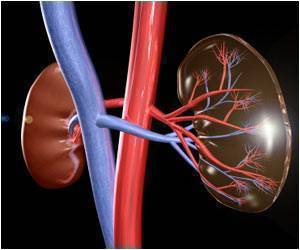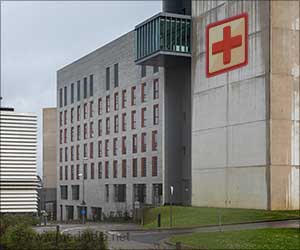
Up to half of all patients who get blood stream infections from the bacteria die, health officials said.
The report about the lethal bacteria -- carbapenem-resistant enterobacteriaceae (CRE) -- was issued by Vital Signs, a publication of the Centers for Disease Control and Prevention.
"CRE are nightmare bacteria. Our strongest antibiotics don't work, and patients are left with potentially untreatable infections," said CDC Director Tom Frieden.
Enterobacteriaceae are a family of more than 70 bacteria, including E. coli, that normally live in the digestive system.
Some of the bacteria have become resistant over the years to antibiotics known as carbapenems -- often seen as the medication of last resort when treating bacteria.
Advertisement
Most at risk are people receiving significant medical care in hospitals, long-term care facilities, and nursing homes for the elderly and acutely ill.
Advertisement
The malady is also highly infectious: Over the past decade, the CDC has tracked one type of CRE from a single health care facility to health care facilities in at least 42 states.
Frieden urged doctors and public health workers to put in place a "detect and protect" strategy and stop the lethal infections from spreading.
Health officials said other recommendations to avoid transmitting the bacteria include "using antibiotics more wisely" and creating dedicated wards, staff and equipment within hospitals exclusively for patients with CRE.
Source-AFP













